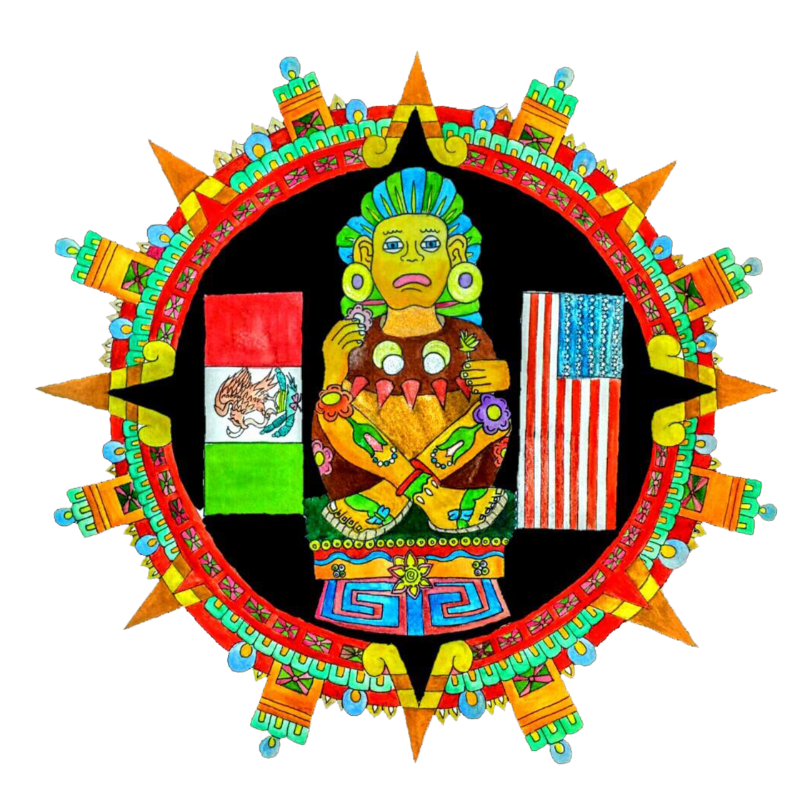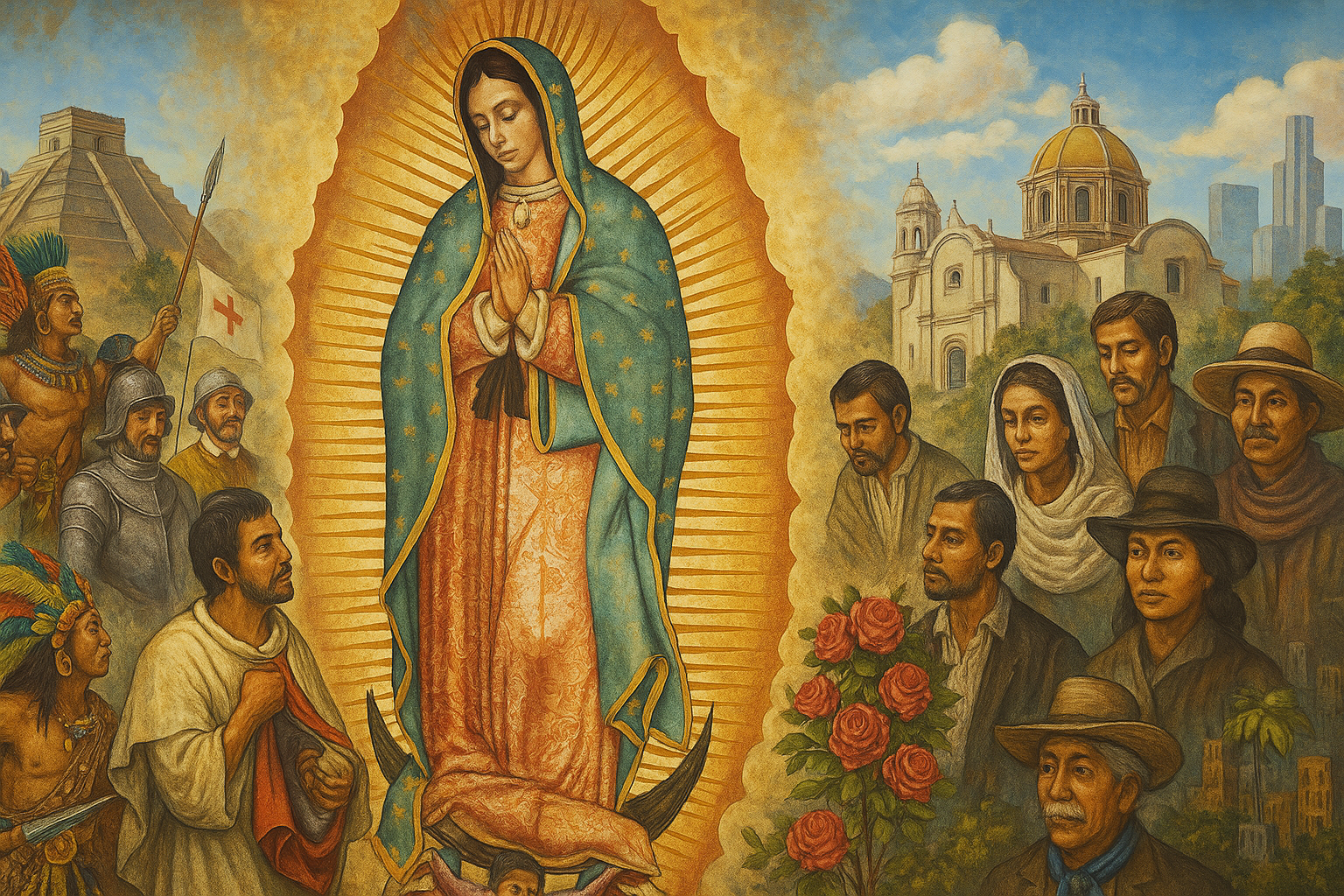The History of Ballet Folklórico: Preserving Tradition in Oklahoma City
When you watch Ballet Folklórico on stage, you are seeing more than music and movement. It is the story of people, their history, their struggles, their celebrations, and their spirit. At Ballet Folklórico Xochipilli of Oklahoma City, we are proud to continue this story through folklórico dance classes in Oklahoma City and cultural performances that keep Mexican traditions alive.
Ancient Roots, Living Traditions
The roots of Ballet Folklórico go back hundreds of years to the dances of Mexico’s Indigenous peoples. Dance was central to daily life. It was a way to honor the gods, mark the seasons, and celebrate milestones in the community. These dances were often performed with drums, flutes, and chanting, and they carried both spiritual and social meaning.
When the Spanish arrived in the 1500s, their music and traditions began to mix with Indigenous customs. Catholic festivals introduced new styles of performance, while African rhythms brought through the slave trade added even more variety. Over time, these influences blended into something unique. By the 18th and 19th centuries, nearly every region of Mexico had its own recognizable style of dance.
From Villages to Stages
For centuries, folklórico thrived in plazas, fiestas, and community festivals across Mexico. In the 20th century, it began shifting from community celebrations to professional stages. A key figure in that transformation was Amalia Hernández, who founded Ballet Folklórico de México in 1952. Her company presented regional dances in a theatrical format with choreography, live music, and elaborate costumes.
Hernández’s vision helped make folklórico a national symbol of Mexico and brought it to audiences around the world. While the tradition always lived in communities, her work ensured that folklórico gained recognition as a celebrated stage art in theaters and concert halls.
A Tapestry of Regional Styles
Part of what makes folklórico so powerful is its diversity. Mexico is a large country, and each region has dances that reflect its history and way of life. A few examples include:
- Jalisco, known for the Jarabe Tapatío or Mexican Hat Dance, which features colorful dresses and lively mariachi music.
- Veracruz, where the son jarocho is performed in flowing white costumes with graceful footwork and Spanish-inspired rhythms.
- Michoacán, home of the playful Danza de los Viejitos, or Dance of the Little Old Men, which mixes humor with tradition.
- Colima, Nuevo León, Puebla, and other regions, each with dances that highlight local culture and history.
These styles are not just studied in Mexico. Today, dancers across the United States, including here in Oklahoma City, learn and perform them to celebrate and preserve tradition.

Folklórico in Our Community
At Ballet Folklórico Xochipilli of Oklahoma City, we carry these traditions with pride. Our dancers come from different backgrounds, but they are united by a love for this art form and the desire to keep it alive.
When we perform at a local school, a festival, or our annual Folkloreada Showcase,
we are not just putting on a show. We are passing on culture, teaching history, and building pride in our heritage. For our younger dancers, it is also a way to connect with where they come from and to learn discipline, teamwork, and confidence.
We believe folklórico is more than entertainment. It is a way to strengthen community ties and to celebrate the diversity of Oklahoma City. It is also a way to invite others to learn about and appreciate Mexico’s cultural heritage through live performances and classes.
Why It Matters
In today’s fast-moving world, traditions like folklórico give us roots. They remind us of who we are and where we come from. They create opportunities for children and families to celebrate their identity. They give audiences a chance to experience culture in a direct and meaningful way.
At Xochipilli, our mission is to share this gift with as many people as possible. Every performance, every rehearsal, and every costume is part of that effort. Learn more about our story on the About Xochipilli page.
Join Us in the Celebration
As we celebrate ten years in Oklahoma City, we invite you to join us. Come to a performance, support our dancers, or help sponsor the costumes and events that make our work possible. By taking part, you help ensure that folklórico continues to grow in our city.
Ballet Folklórico began centuries ago in villages across Mexico. Today, the same heartbeat carries on in our dancers and in the applause of audiences who believe in keeping culture alive.
If you would like to learn more about folklórico dance classes in Oklahoma City, reach out to us for our class schedule. You can also book Ballet Folklórico Xochipilli for community and private events.




